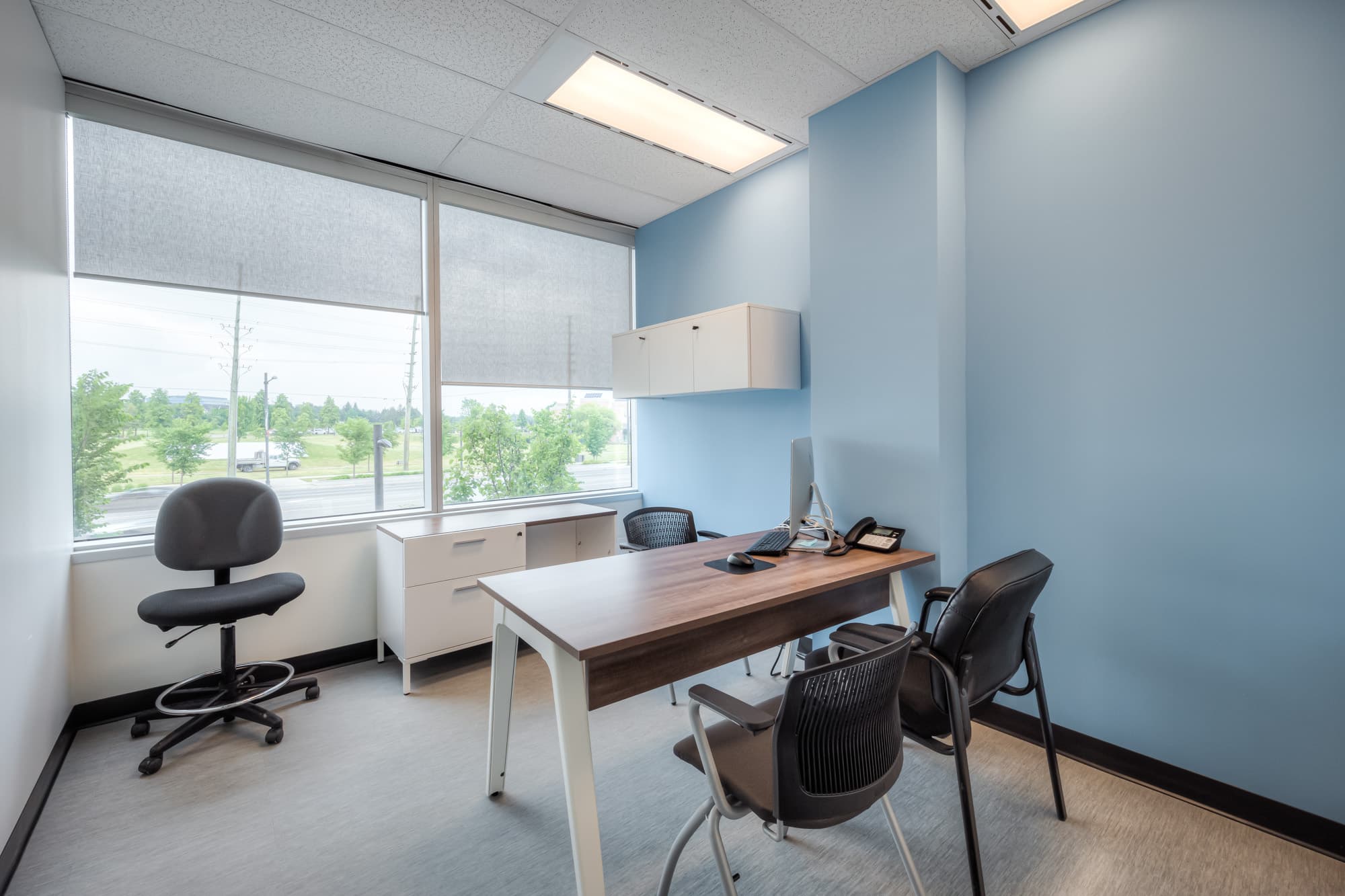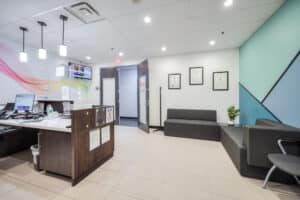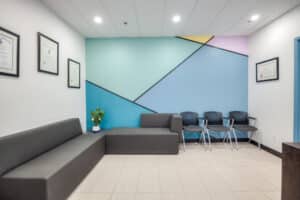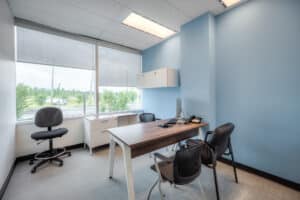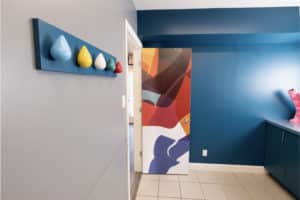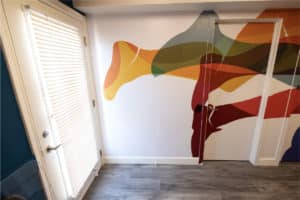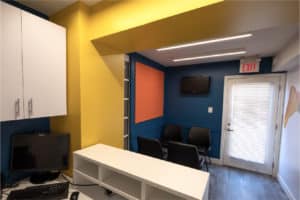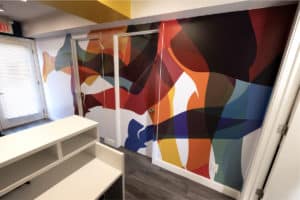Running a clinic is about more than just providing excellent medical care—it’s also about creating a space that fosters trust, comfort, and efficiency. Patients often judge the quality of care they will receive based on their first impressions of your clinic’s environment. The layout, design, and furnishings can significantly impact how patients feel and how staff perform their duties. This is where hiring an interior designer becomes invaluable. A professional clinic interior designer can transform your healthcare facility into a welcoming and functional space that supports both patient well-being and staff productivity.
In this article, we’ll explore why hiring a clinic interior designer is a smart investment for your clinic and how elements like ergonomic furniture can elevate the overall experience or everyone who walks thhrough your doors.
How a Clinic Interior Designer Can Help You
Clinic interior design goes far beyond aesthetics—it direct—it directly impacts the patient experience and staff efficiency. A well-designed clinic creates a calming atmosphere that reduces patient anxiety while optimizing workflows for healthcare professionals. Interior designers understand the unique challenges of healthcare environments and use their expertise to craft spaces that balance functionality with comfort.
For example, patients entering a thoughtfully designed waiting room with soothing colors, comfortable seating, and natural light are more likely to feel relaxed. Similarly, staff working in well-organized spaces with ergonomic furniture and intuitive layouts can focus better on their tasks, reducing fatigue and improving overall productivity.
Why Hire an Interior Designer for Your Clinic?
Interior designers specializing in clinic interior design bring valuable expertise to healthcare environments. They know how to create spaces that prioritize patient comfort while meeting strict regulatory requirements. From selecting materials that are easy to clean to designing layouts that ensure privacy, these professionals play an essential role in crafting clinics that function efficiently while fostering trust among patients.
First impressions matter in healthcare settings. Patients often feel anxious when visiting clinics, but a well-designed space can help alleviate their stress. Interior designers use calming color schemes, biophilic elements like greenery, and ergonomic furniture to create welcoming environments that put patients at ease.
Healthcare professionals work long hours in demanding roles, making it essential to provide them with functional and comfortable workspaces. Ergonomic furniture such as adjustable chairs and desks reduces physical strain, while intuitive layouts streamline workflows. Commercial interior design tailored to clinics ensures that staff have everything they need to perform their duties efficiently.
Space is often limited in clinics, but interior designers excel at maximizing every square foot. Whether it’s creating multi-functional rooms or integrating storage solutions seamlessly into the design, they ensure that your clinic operates smoothly without feeling cramped.
Modern clinics rely heavily on technology for patient care and administrative tasks. Interior designers specializing in commercial interior design know how to integrate technology seamlessly into the space—whether it’s installing smart lighting systems or designing workstations with built-in charging ports.
The Role of Ergonomic Furniture in Clinics
Ergonomic furniture is a cornerstone of effective clinic interior design because it benefits both patients and staff alike. Patients spend considerable time in waiting rooms and examination areas, making comfort essential. Ergonomic chairs with proper lumbar support reduce discomfort during extended periods of sitting, while adjustable beds ensure optimal positioning during procedures or recovery.
Staff often work long shifts that require them to be seated or standing for extended periods. Ergonomic desks, chairs, and workstations minimize physical strain, reduce the risk of musculoskeletal disorders, and improve focus and productivity. By incorporating ergonomic furniture into your clinic’s design, you create an environment that prioritizes health and well-being for everyone involved.
How Commercial Interior Design Elevates Clinics
Commercial interior design focuses on blending functionality with aesthetics to create spaces that serve specific business needs—in this case, healthcare services. Interior designers customize every element of the space to align with your clinic’s goals and branding. Whether you want a sleek modern look or a warm traditional vibe, they ensure the design reflects your identity while prioritizing patient needs by creating accessible spaces with clear wayfinding systems and private consultation areas.
Interior designers help you avoid costly mistakes by planning every detail before execution. They also have access to exclusive resources like high-quality materials and ergonomic furniture at competitive prices.
Renovating or designing a clinic can be overwhelming—but not when you hire an expert! Interior designers handle everything from concept development to project management so you can focus on running your practice.
A well-designed clinic signals professionalism and care to patients, building trust in your services before they even meet your staff.
Comfortable workspaces equipped with ergonomic furniture improve employee satisfaction, leading to better performance and reduced turnover rates.
A beautifully designed clinic adds value to your business by attracting more patients and improving operational efficiency—making it a worthwhile investment.
Examples of Effective Clinic Interior Design
Pediatric clinics use bright colors, playful artwork, and child-friendly furniture to create welcoming environments for younger patients while reducing anxiety for parents. Dental offices adopt sleek modern designs with calming blue tones to help patients relax during procedures. Specialty clinics incorporate biophilic elements like indoor plants or nature-inspired artwork to foster healing while enhancing aesthetic appeal.
Key Takeaways
- Clinic interior design directly impacts patient experience by creating calming environments that reduce anxiety.
- Ergonomic furniture enhances both patient comfort during procedures and staff productivity during long shifts.
- Commercial interior design blends functionality with aesthetics while optimizing layouts for efficient workflows.
- Hiring an interior designer saves time and money by ensuring thoughtful planning and execution.
- A well-designed clinic builds trust among patients while boosting employee morale through comfortable workspaces.
Final Thoughts
Hiring an interior designer for your clinic isn’t just about upgrading its look—it’s about transforming the space into an environment where patients feel cared for and staff feel empowered to do their best work. From incorporating ergonomic furniture to optimizing layouts through commercial interior design principles, professional designers bring expertise that ensures every detail serves a purpose.
If you’re ready to elevate your clinic’s atmosphere while boosting efficiency and trust among patients, consider partnering with an experienced interior designer specializing in clinic interior design today!
Frequently Asked Questions (FAQ):
How does ergonomic furniture benefit clinics?
Ergonomic furniture enhances patient comfort during long waits or procedures while reducing physical strain on healthcare professionals working extended shifts.
Can commercial interior design improve workflow efficiency?
Yes! Commercial interior design optimizes layouts to streamline transitions between different areas of the clinic—saving time for both staff and patients.
Why is hiring a clinic interior designer important?
A clinic interior designer helps to create welcoming environments that reduce patient anxiety while supporting staff productivity through thoughtful layouts and furnishings.
